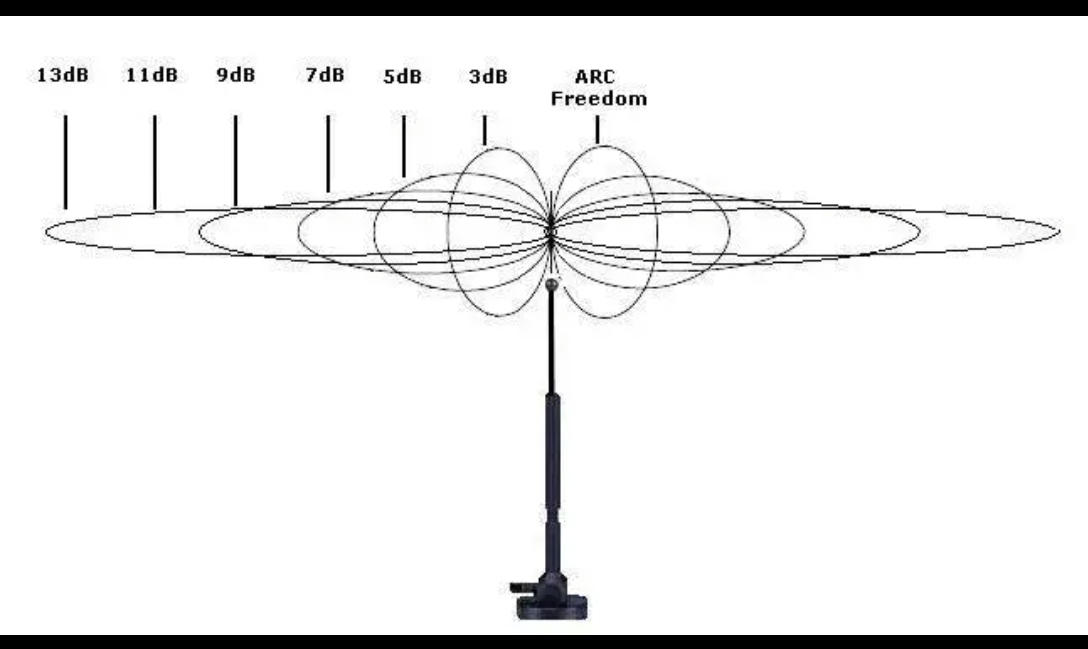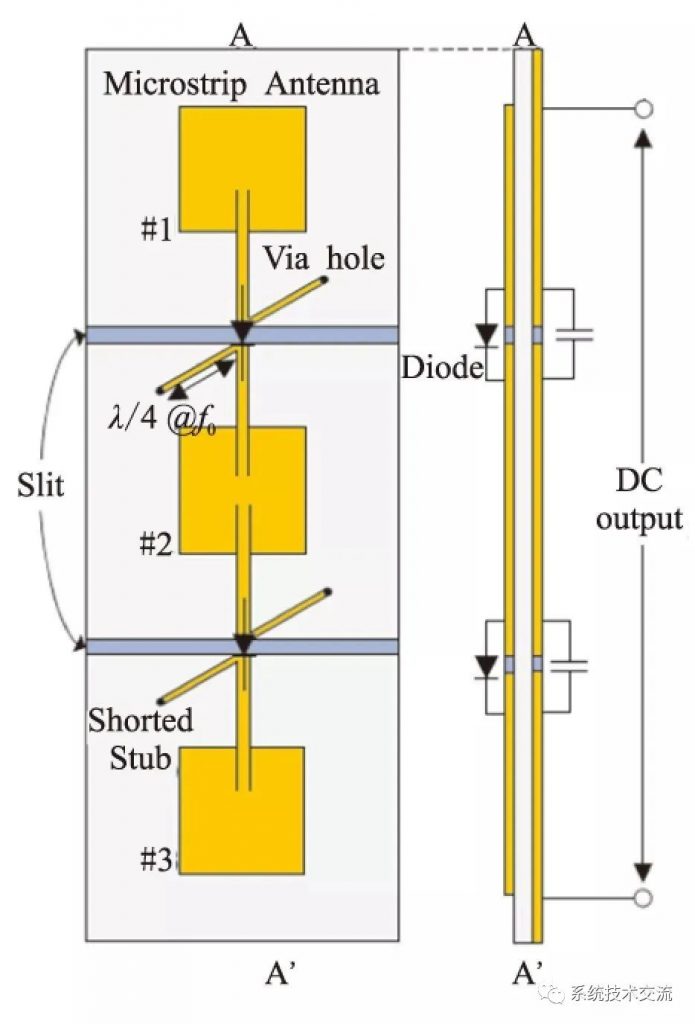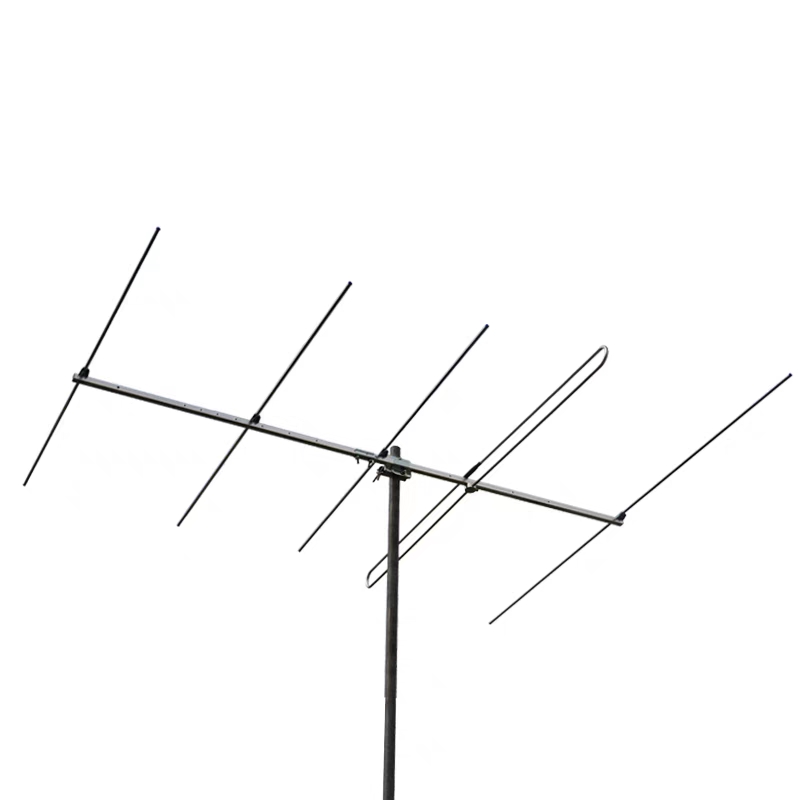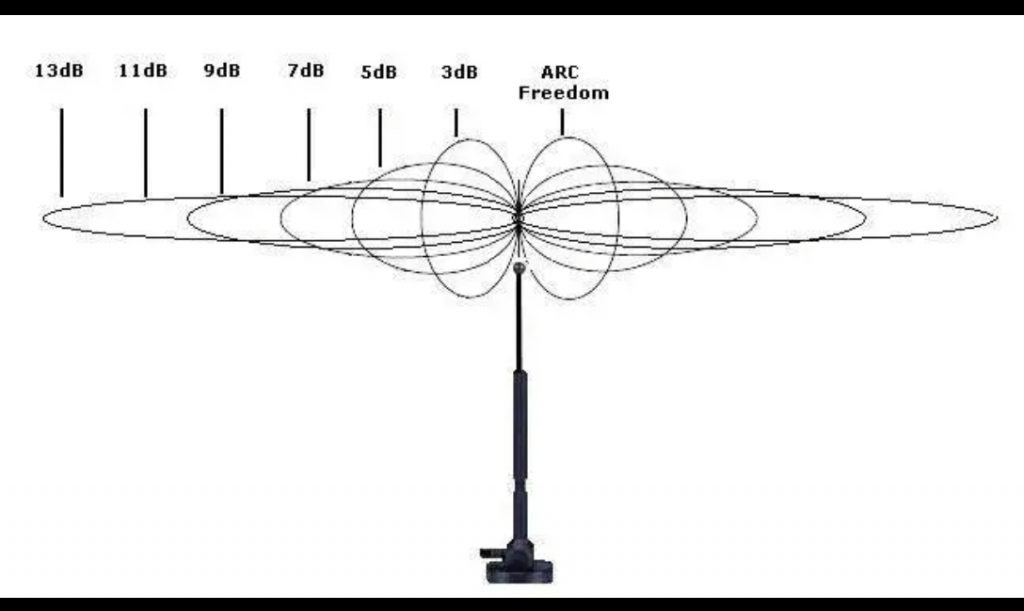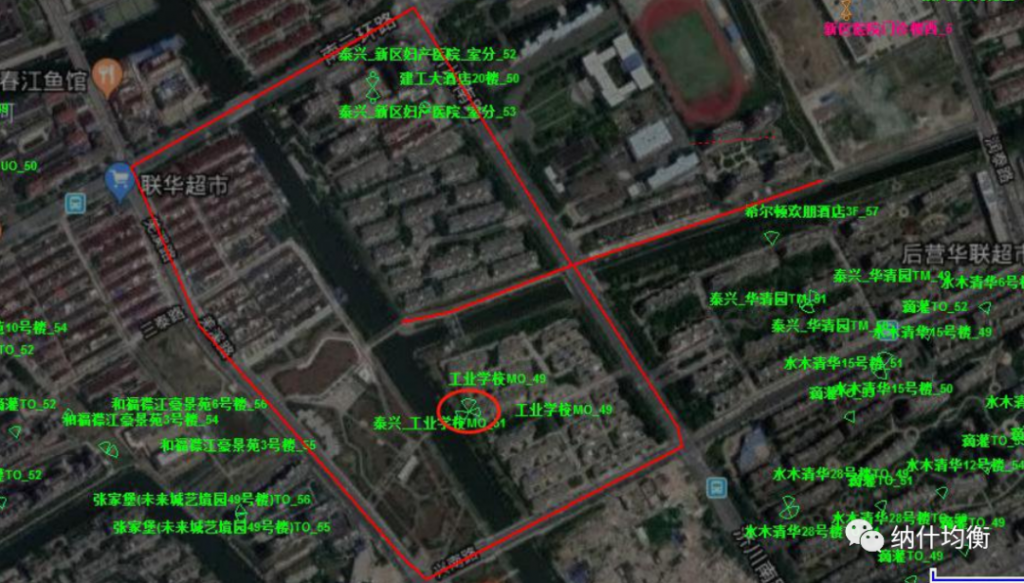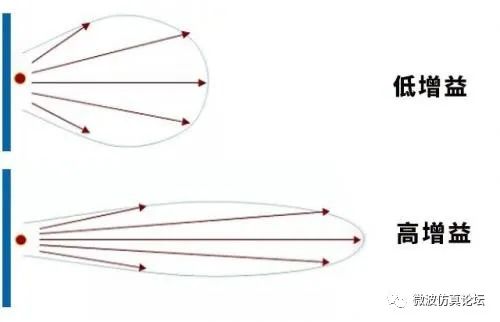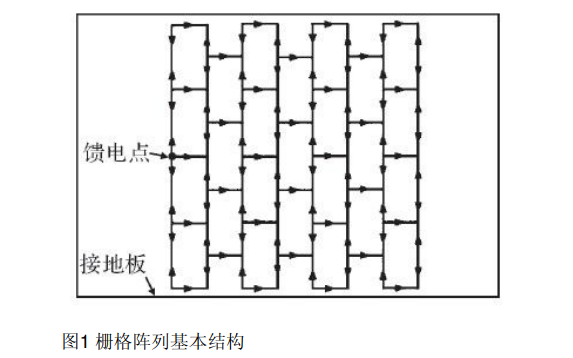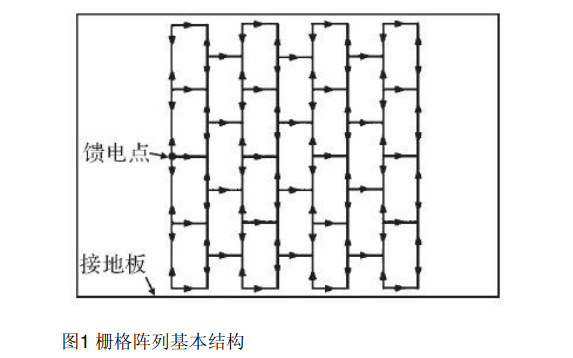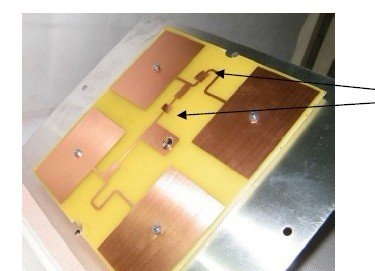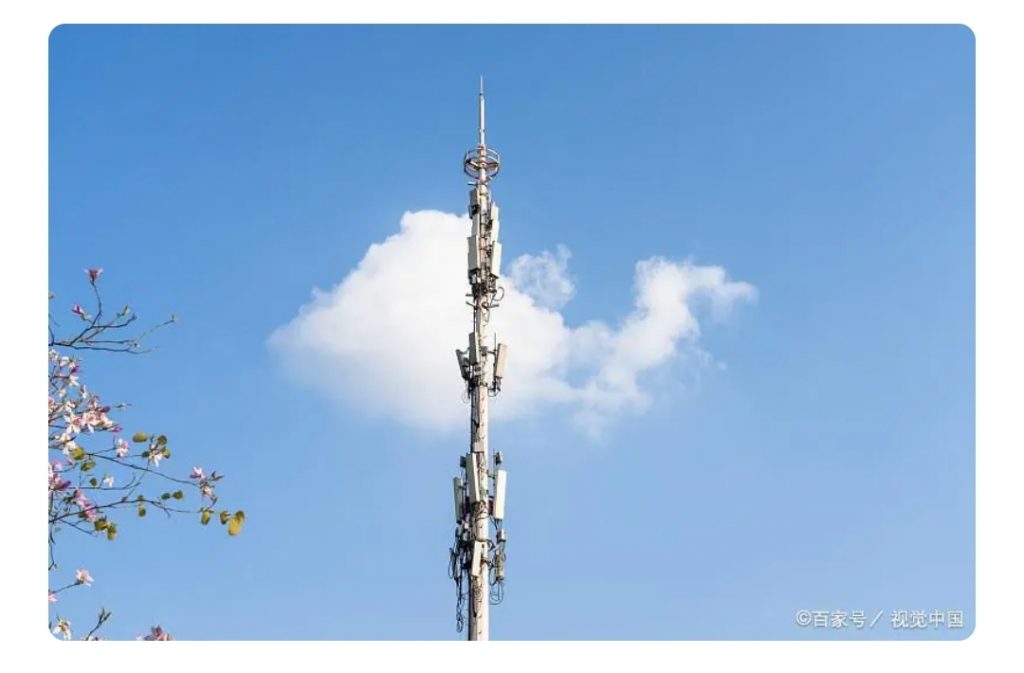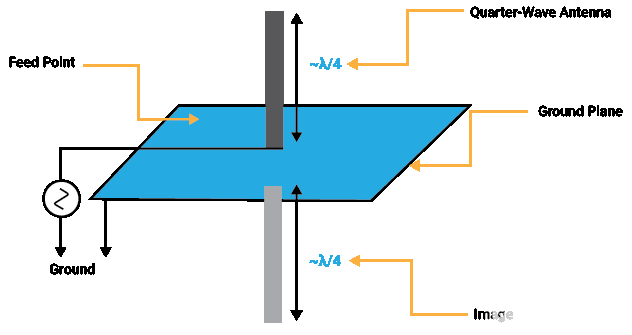Antenna gain refers to the ratio of the power density of the signal generated by the actual antenna and the ideal radiating unit at the same point in space under the condition of equal input power. It quantitatively describes the degree to which an antenna concentrates the input power and radiates it. Simple understanding, the higher the gain of the antenna, the better the signal reception effect.
Measurement of Antenna Gain
The test equipment is signal source, spectrum analyzer or other signal receiving equipment and point source radiator.
- First use an ideal (approximately ideal) point source radiation antenna to add a power; then use a spectrum analyzer or a receiving device to test the received power at a certain distance from the antenna. The measured received power is P1;
- Replace the antenna under test, add the same power, repeat the above test at the same position, and the measured received power is P2;
- Calculate the gain: G=10Log (P2/P1) In this way, the gain of the antenna is obtained. 1) The narrower the main lobe width of the antenna, the higher the gain. For general antennas, the gain can be estimated by the following formula: G(dBi)=10Lg{32000/(2θ3dB, E×2θ3dB, H)} where,
2θ3dB, E and 2θ3dB, H are the lobe width of the antenna on the two main planes respectively; 32000 is the statistical empirical data. 2) For the parabolic antenna, the gain can be approximated by the following formula: G(dBi)=10Lg{4.5×(D/λ0)2} In the formula, D is the diameter of the paraboloid; λ0 is the central working wavelength; 4.5
It is statistical empirical data. 3) For vertical omnidirectional antennas, there is an approximate calculation formula G(dBi)=10Lg{2L/λ0} where L is the antenna length; λ0 is the central working wavelength;
